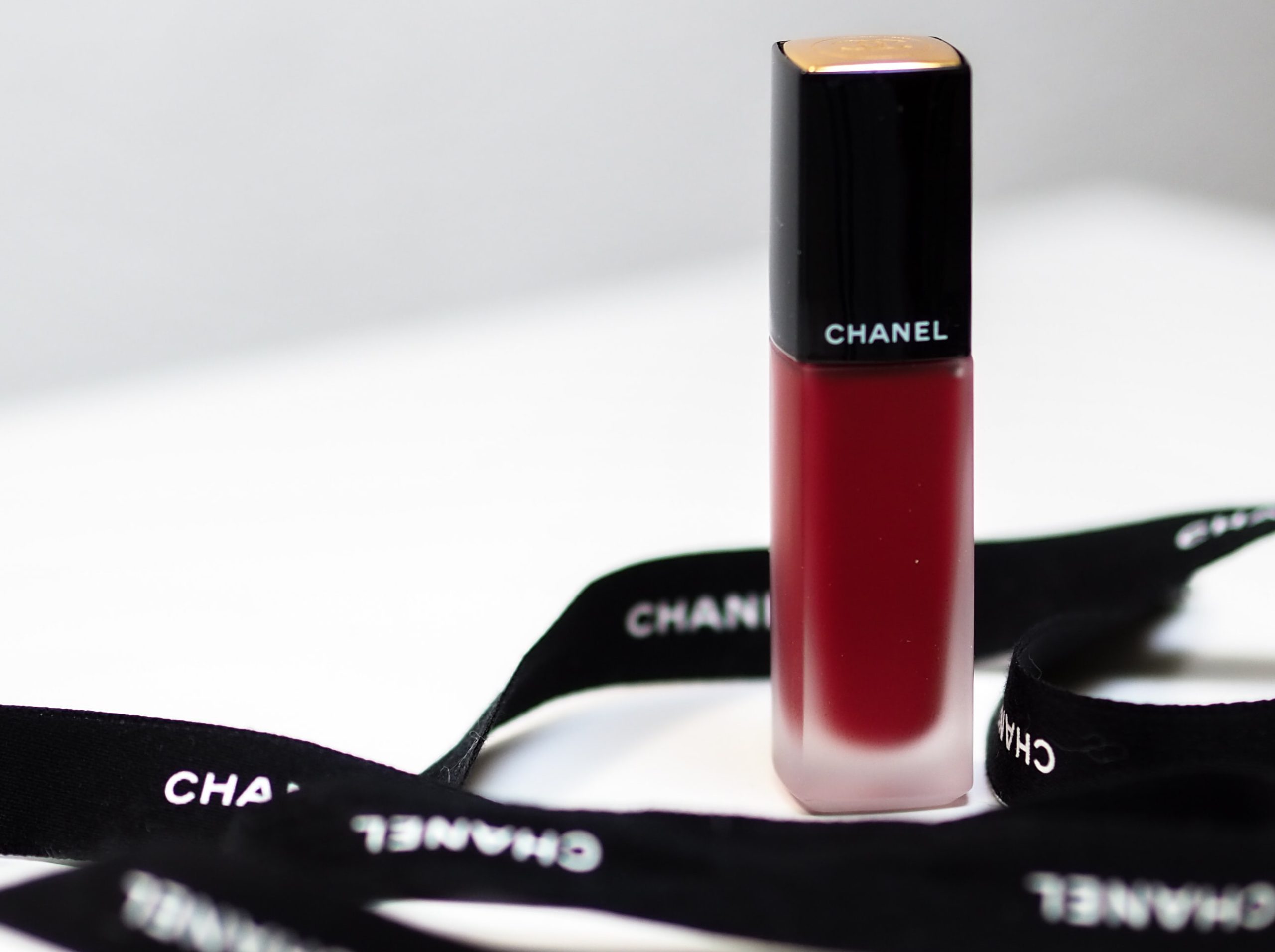When my girlfriend moved into my flat in London in 1996, we bought a new toaster. It was a premium, 3-slice, steel toaster. It was a status symbol. It cost a small fortune.
This morning, one wedding, two international relocations, three children and 26 years later, the same toaster made our breakfast, as it has every day since she moved in. Over the years, cost per slice, this pricey kitchen appliance has become the best value toaster on the planet (and it has done its duty on three continents). What seemed like an irrational extravagance all those years ago has turned out to be a deeply rational, smart buy.
As people everywhere brace themselves for their next energy bill, come to terms with the $10 lettuce and reframe their household budgets to survive the unfolding cost of living crisis, it’s time for premium brands to consider how best to appeal to the tight-arse in all of us.
For readers who can’t recall the last time interest rates were on the rise, here is a refresher on three handy economic concepts that will stand premium brand marketers in good stead through the tough times.
Boot Theory
The Sam Vimes Boot Theory (of Socioeconomic Unfairness) argues that people who can afford expensive products end up spending less than those who can only buy cheaper products, because quality lasts – the cheap stuff has to be replaced more frequently. Boot Theory says that the rich get richer because they spend less in the long run.
The idea of quality that lasts is a go–to strategy for premium brands seeking to appeal to a cost-conscious consumer. Goodyear put it well in a 1916 advertising headline – Why Goodyear Tires Cost Less in the End, going on to explain that ‘Buyers have found that the tire of lower price is not necessarily the tire of lowest cost’.
These days, it is Duracell that more or less owns this space, with the bulletproof benefit line Duracell Lasts Longer. And how better to express the idea that a product will last long enough to become an heirloom than You never actually own a Patek Philippe. You merely look after it for the next generation.
And of course a brand that lasts can always play the environmental trump card – landfill being home to all those cheap and nasty alternatives. The ethical questions around the sustainability of fast fashion may have done more to fuel the growth of the slow fashion movement than the durability of premium clothing brands.
Total cost of ownership
The quality lasts principle that underpins Boot Theory also plays an important role in the concept of Total Cost of Ownership. TCO is often used when a product has a high purchase price, to demonstrate a favourable comparison with the true cost of a cheaper product, once after-sales, consumables, lifecycle, etc. are taken into account – supporting a decision to pay more, even when purchasers are particularly cost-sensitive. Calculated as the initial purchase price plus costs of operation across the asset lifespan (maintenance, consumables, disposal/recycling, etc.), TCO provides a more accurate picture of true value than purchase price alone. It’s favoured in B2B circles, particularly by corporate procurement departments when they are choosing enterprise software systems for their server farms. But the principle stands up for anything from a home-office printer to a fire extinguisher.
From fuel economy and fixed price servicing, to warranties and resale value, the automotive category gives TCO a serious work-out in its marketing campaigns. Witness Kia’s agenda-setting move in 2014 to offer a 7–year warranty in a market full of 3-year warranties. Today, 5 years is standard, 7 is common and Mitsubishi offers 10 years (you’ll be shocked to hear that terms and conditions apply).
And of course, EVs are taking the TCO dialogue further. The NSW Government invites us to calculate TCO for ourselves to reveal the cost efficiency of EVs over petrol cars, despite the higher purchase price. https://www.transport.nsw.gov.au/projects/electric-vehicles/total-cost-of-ownership
Of course, TCO can quickly get very complicated. The secret for marketers, as ever, is to try and keep it simple.
The Lipstick Effect
We all know how small indulgences become the consumer’s consolation when a recession puts big-ticket luxury items out of reach. Cosmetics, alcohol, lingerie and confectionary are typical of the small luxuries that do well in the tough times – no surprises that it was the Great Depression of the 1930s that gave rise to the Mars Bar.
Premium brands that may be unaffordable in the tough times understand how to make themselves more accessible by lowering the cost of entry with diffusion ranges. Offering premium brand cues at a mass-market price positioning is a delicate art, practiced first by the likes of Donna Karan (DKNY) and Dolce & Gabbana (D&G). This strategy gave rise to the concept of masstige – where a brand occupies the sweet spot (and adopts the price point) between mass and prestige. Brands from Starbucks to Victoria’s Secret managed to redraw the price-volume demand curve in their categories by creating a perception of accessible quality.
In its latest read, the Westpac Melbourne Institute Consumer Sentiment index is plumbing depths we only see during major economic dislocations, says Westpac Chief Economist, Bill Evans. The looming cost of living crisis is a timely reminder for premium brands to consider emphasising the delivery of value. Whether that’s putting focus on the quality that lasts, or perhaps offering a little extra value in these tough times (like free inclusions with your luxury hotel booking), a subtle acknowledgement of cost sensitivity can demonstrate a little empathy that goes a long way with consumers. Premium brands that go to market in denial of this economic climate may be toast.
Photo by Laura Chouette on Unsplash
